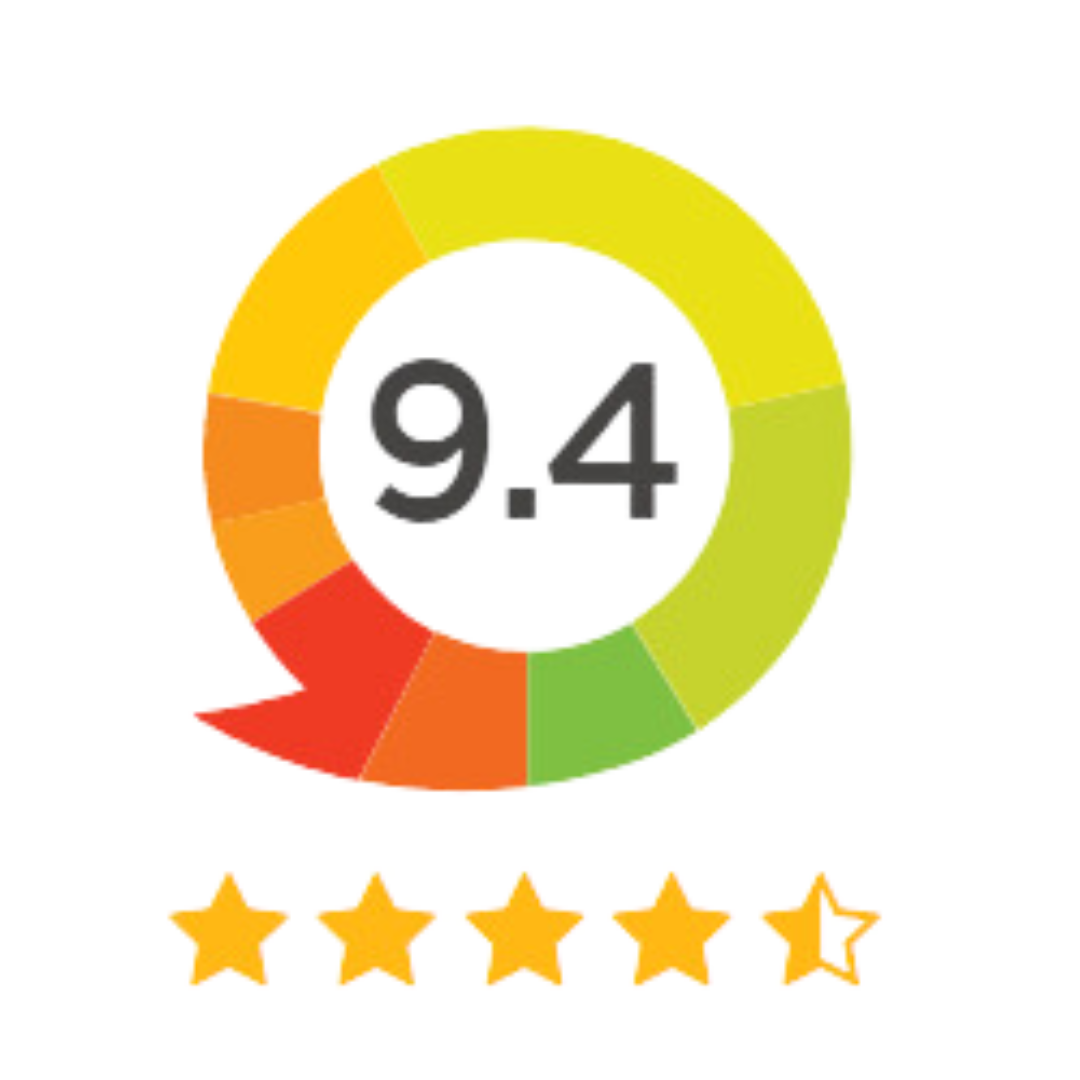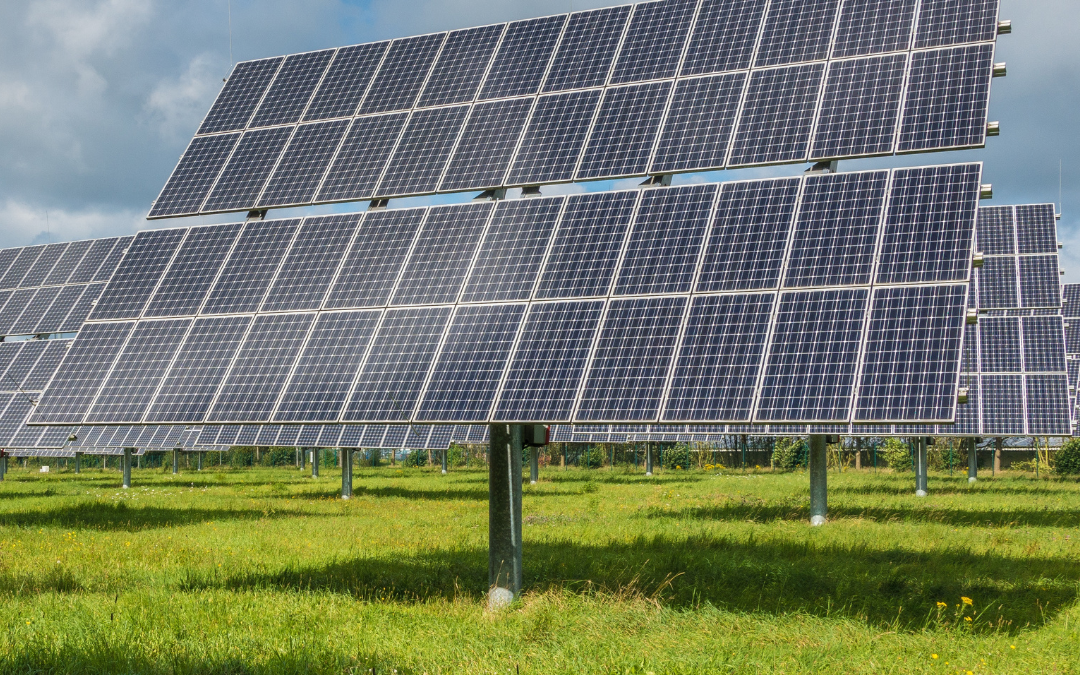The sun is shining brightly, and solar panels are operating at full capacity. Did you know that solar cells have a negative temperature coefficient? This means they perform less efficiently at higher temperatures. It’s sunlight that generates energy, not heat, as commonly thought. Various environmental factors can negatively impact the performance of solar panels.
In our previous post about cleaning solar panels, we discussed the impact of panel pollution, and shading can also affect performance. For example, did you know that sharp, thin shadows (such as a small pipe on the roof, a cable running over the panel, or even bird droppings) can lead to hotspots in solar cells? You can compare a solar panel to a highway, where shadows cause “traffic jams.” This congestion hinders the free flow of energy. As a result, a solar cell can become extremely hot and even cause a fire. While a normal solar cell reaches about 80 degrees, a hotspot can easily reach 160 degrees. This needs to be carefully analyzed at an early stage.
One aspect people often overlook is the back of the panel, which is also the most vulnerable part of a solar panel. All cables and connectors are located here and need proper protection. What’s more critical is that many birds want to build nests under the panels in spring. Bird nests can cause significant hotspots in a panel and pose a real fire hazard. Besides the fire risk, hotspots simply affect performance and can lead to defective solar panels in the long run. Not all houses experience issues with bird nests or martens, but some houses do.
We recommend monitoring the situation and removing nests if you see them. Bird deterrents can always be installed on sloping roofs. On a flat roof, this is not necessary due to the larger space under the panel.
Have sun!





